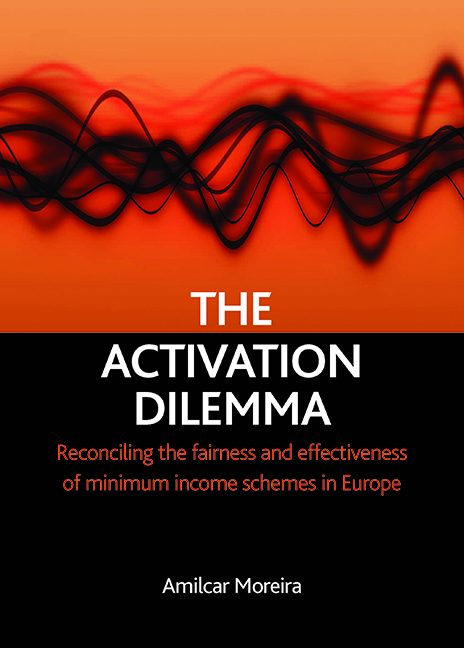 The Activation Dilemma
The Activation Dilemma Minimum income schemes occupy a pivotal role in the overall architecture of social protection systems in Europe and other advanced economies. Commonly referred to as (general) social assistance (see Eardley et al, 1996a, p 28), or as safety-nets (Cox, 1998, p 397), these schemes provide the ultimate layer of income protection for those in need. They are the most evident expression of a societal commitment that all individuals are entitled to a dignified existence and that no one should experience unwanted need.
For the sake of clarity, minimum income schemes can be defined as schemes that provide a financial safety-net for individuals whose personal/household income is below the national social minimum. Because of their subsidiary nature, minimum income schemes are only available to individuals who (with some exceptions, such as family benefits) are no longer eligible for other forms of income protection. Unlike categorical social assistance, minimum income schemes are (quasi)universal, that is, they are not targeted at particular groups or social risks (Eardley et al, 1996a, p 28). Unlike social insurance, which provides insurance-based protection against (work-related) social risks, such as unemployment, old age or illness, minimum income schemes are a non-contributory form of protection (Lødemel and Schulte, 1992, pp 8-9). Currently, this serves to identify a number of schemes in Europe (see Table 1.1).
Minimum income schemes and the provision of a safety-net in Europe
There have been a number of attempts to map the differences in the provision of a minimum income in Europe. The most comprehensive of these studies was carried out by Eardley et al (1996a), which identified five different clusters in the provision of social assistance in Europe (Eardley et al, 1996a, p 165) (see Table 1.2). Despite its relevance, this study provides little information on the role of minimum income schemes in the broader framework of welfare provision. In light of this, it might be helpful to overlap it with the welfare state typology proposed by Ferrera and colleagues (2000). Looking at aspects such as risk coverage and eligibility, the structure of benefits, the financing mechanisms and the organisational arrangements in place, the authors identify four welfare state models: the Scandinavian model, the Anglo-Saxon model, the Continental model and the South European model (Ferrera et al, 2000, pp 15-19) (see Table 1.3, page 10).
To save this book to your Kindle, first ensure [email protected] is added to your Approved Personal Document E-mail List under your Personal Document Settings on the Manage Your Content and Devices page of your Amazon account. Then enter the ‘name’ part of your Kindle email address below. Find out more about saving to your Kindle.
Note you can select to save to either the @free.kindle.com or @kindle.com variations. ‘@free.kindle.com’ emails are free but can only be saved to your device when it is connected to wi-fi. ‘@kindle.com’ emails can be delivered even when you are not connected to wi-fi, but note that service fees apply.
Find out more about the Kindle Personal Document Service.
To save content items to your account, please confirm that you agree to abide by our usage policies. If this is the first time you use this feature, you will be asked to authorise Cambridge Core to connect with your account. Find out more about saving content to Dropbox.
To save content items to your account, please confirm that you agree to abide by our usage policies. If this is the first time you use this feature, you will be asked to authorise Cambridge Core to connect with your account. Find out more about saving content to Google Drive.